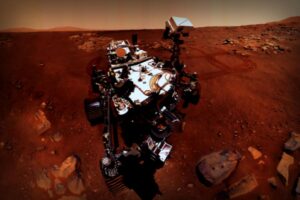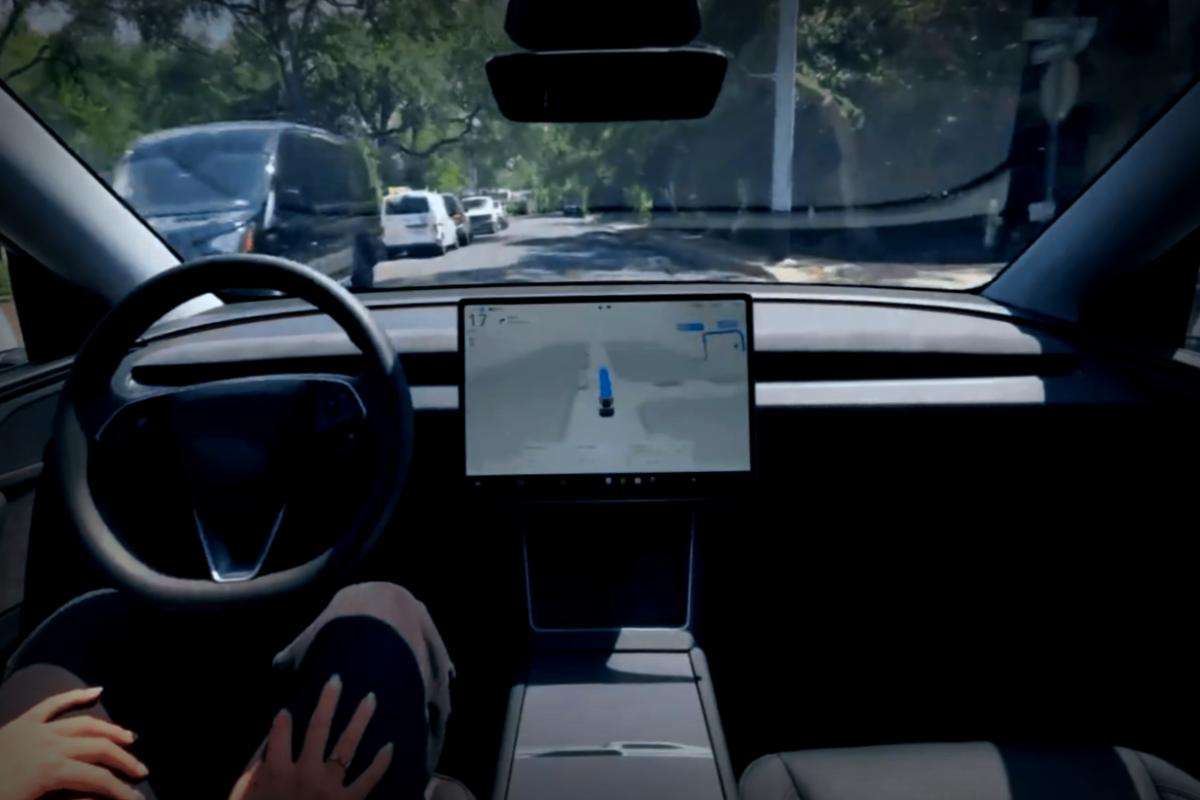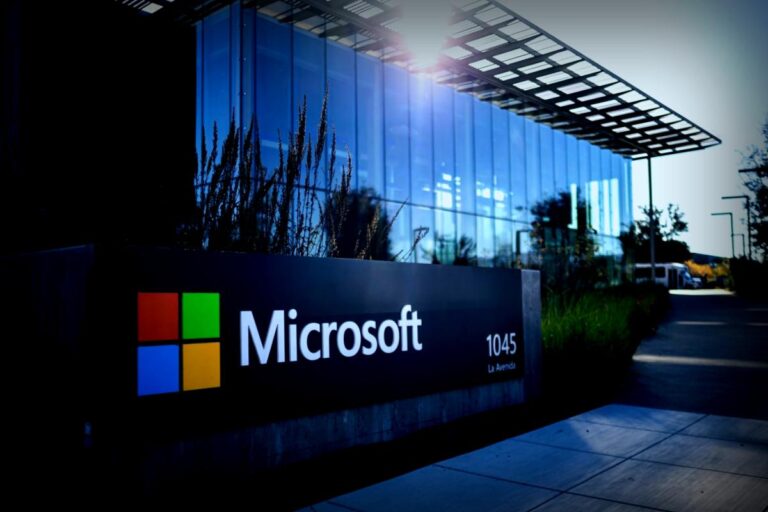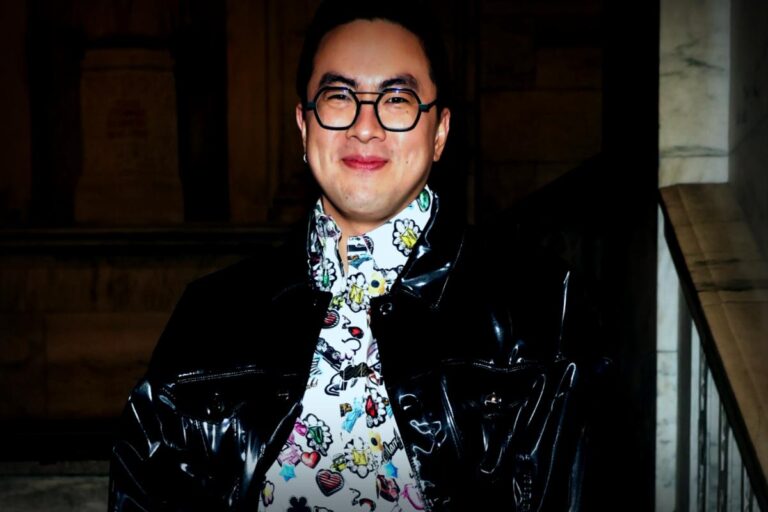Tesla has recently acknowledged a shift in its Full Self-Driving (FSD) technology, abandoning earlier commitments for full autonomy without human supervision.
Since 2016, the company has been claiming that all new production cars would eventually achieve unsupervised self-driving capabilities. Tesla’s CEO, Elon Musk, has persistently assured customers that this feature would be available by the end of the year, starting back in 2018.
To bolster these claims, Tesla even advertised a software package that could fetch up to $15,000, promising improvements through over-the-air updates that would convert driving assistance systems into fully capable autonomous vehicles.
Fast forward nearly a decade, and the reality hasn’t matched these bold claims. Now, Tesla admits that none of the vehicles produced between 2016 and 2023 are equipped with the necessary hardware for the unsupervised self-driving that was originally described.
While Musk has floated ideas about updating the computer systems in these cars to satisfy owners’ expectations, there’s been no solid plan laid out.
Despite reiterating the promise of autonomous capabilities to customers from 2016 to 2023, Tesla’s terminology has evolved to offer only a version of FSD termed “Full Self-Driving (Supervised)”:
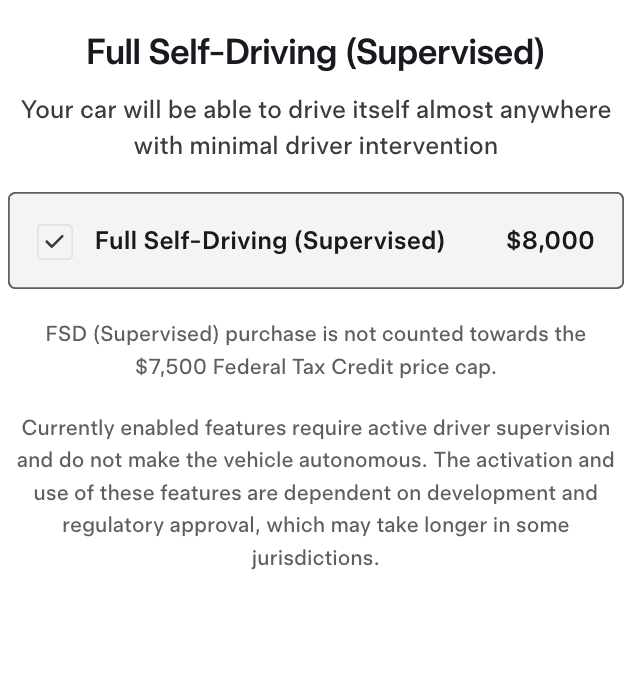
The updated policy makes it clear that this does not equate to functionality as an autonomous vehicle and does not guarantee future rights to that feature.
This means that current purchasers of FSD aren’t getting the unsupervised driving experience they were initially introduced to.
In other news, Tesla’s board is proposing substantial new financial incentives for Musk that could amount to an eye-popping $1 trillion in stock options, pending milestones are met.
One notable milestone aims for Tesla to achieve 10 million active FSD subscriptions.
Initially, that seems encouraging for FSD users since it aligns Musk’s financial perks directly with fulfilling FSD expectations. However, the language in the compensation plan has been tailored in a very ambiguous way. It paints FSD as just an advanced driving system that can handle certain transportation tasks under specific conditions—traits that, instead, characterize the current version which demands constant vigilance from the driver.
The exciting vision of letting drivers relax while the car navigates itself has become more like wishful thinking with this new definition.
According to Electrek, the disconnect between what Tesla promises publicly regarding its autonomy and the wording in official documents is alarming.
This should raise significant concerns among anyone invested in Tesla.
With the vague descriptors in the CEO’s new pay structure, there’s a real possibility Tesla might slash FSD prices or even eliminate core Autopilot features, simply to boost FSD adoption rates and bank billions in stock value for Musk.
The company has already made FSD pricing cuts, counter to Musk’s earlier assertions of rising costs as the system nears true autonomy. After some time hiking prices, Tesla recently reduced the FSD cost, now sitting $7,000 lower than their peak in 2023.
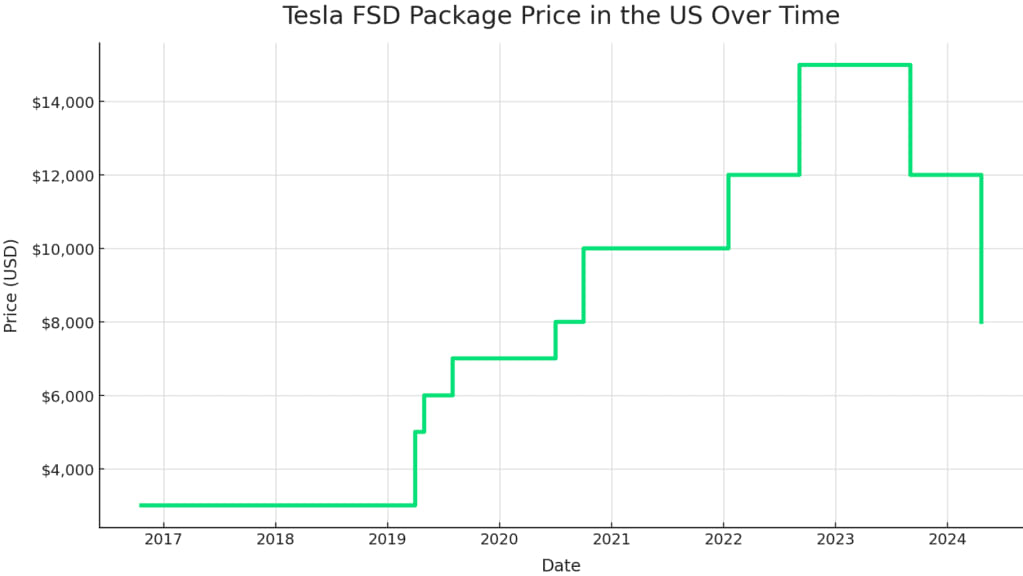
This downward pricing trajectory coincides significantly with a noted decline in Tesla sales.
Ultimately, FSD has downgraded into an essential advanced driver-assistance system (ADAS) with no assurances for true unsupervised driving. This scenario might be one of the biggest instances of misleading marketing or a bait-and-switch tactic we’ve seen in a while.

